How It Has Evolved
Wesley: In 2017, PAYA started as just part of our mainstage ticketing policy, but we have been able to expand it into our family programming, including our special family events and our Mu Explorations Summer Camp. It also caused a major conversation to happen about our fundraisers. As the development director, one of my major goals was to figure out how to make the fundraising model accessible to our community.
Anh Thu: Right. Old fundraising models don't necessarily work for organizations like ours—smaller BIPOC organizations whose core base is not necessarily endowed with generational wealth. While we have many supporters in our Asian American and BIPOC community, even more financially stable donors have to prioritize family and “bread and butter” expenses.
Wesley: In many Asian cultures, giving circles and community grassroots fundraising are popular, and the idea of an annual black tie gala immediately ostracizes a significant number of our audience members, specifically the Asian American communities. So it's been a goal of mine as development director to institute PAYA pricing in our fundraisers as well.
It is a bit different—the market price is a bit higher and the minimum payment is also a bit higher. But the idea is that fundraising comes through community, not through the one percent, and that fundraisers are not simply about raising money. Fundraisers are also about adding buy-in to your mission and creating memories.
After we implemented PAYA to our fundraisers, we have seen a huge growth in attendance and engagement from our audience members. And I remember specifically one of our stage managers, who has worked with us on numerous projects, attended one of our 2022 fundraisers and specifically wanted to tell me they had never felt welcomed or appreciated as much as they did at our event because we provided accessible pricing for not only our audience members but for our artists.
At other theatres, oftentimes artists are asked to volunteer their time, or they can't afford a sixty dollar, eighty dollar, one hundred dollar ticket price. But we provided a twenty dollar minimum so our artists could come and enjoy and celebrate Mu's mission along with our major donors, subscribers, and audience members because they are just as much a part of Theater Mu as the other financial supporters of Mu.
It's our hope that all theatres across the country will begin to bring a more audience-centric focus to their work and continue to dismantle classes and supremacist structures in all aspects of their organizations. Radical change can bring about radical results.
The Reality of PAYA
Wesley: We've talked a lot about the pros of Pay As You Are, but of course there are a few cons as well. We are still navigating this conversation of how PAYA works with a subscription package. In general, subscriptions are going down across the entire Twin Cities, if not the country. And that is partially, we believe, due to younger generations becoming the major theatregoers; they don't necessarily like to plan out their lives months in advance. Also in response to the pandemic, nothing is guaranteed anymore and the time scheduling is always in flux. Currently, we use our subscription packages as an opportunity for audience members to show support and buy-in to the company by paying a set rate for a full season subscription. And so far that's been working pretty well.
It also logistically provides an issue with discount codes. If you ever want to use a "buy one get one" or different discount codes to get corporations or other groups to come and join the theatre, you can't really do that with the PAYA structure. When we think outside of traditional marketing and when we think about Mu's mission, though, there should never be any type of hurdle for people to have to overcome to see our shows.
I think the most difficult thing about PAYA is the fact that it might be a decade before we see true lasting change in who buys theatre tickets and their thought process around buying them at various price points. And the reason it's going to take so long is because it really requires audience education.
In all of our promotional materials, on all of our ticketing webpages, we have to provide really specific information about the PAYA system to help our audience members understand that BIPOC and Asian American stories are worth the market price of the ticket, and those who have the ability to pay market price should do that. Just because you can pay less doesn't mean you should pay less. That just requires a lot of intentionality behind our marketing, behind our development, behind our budgeting, and everything.

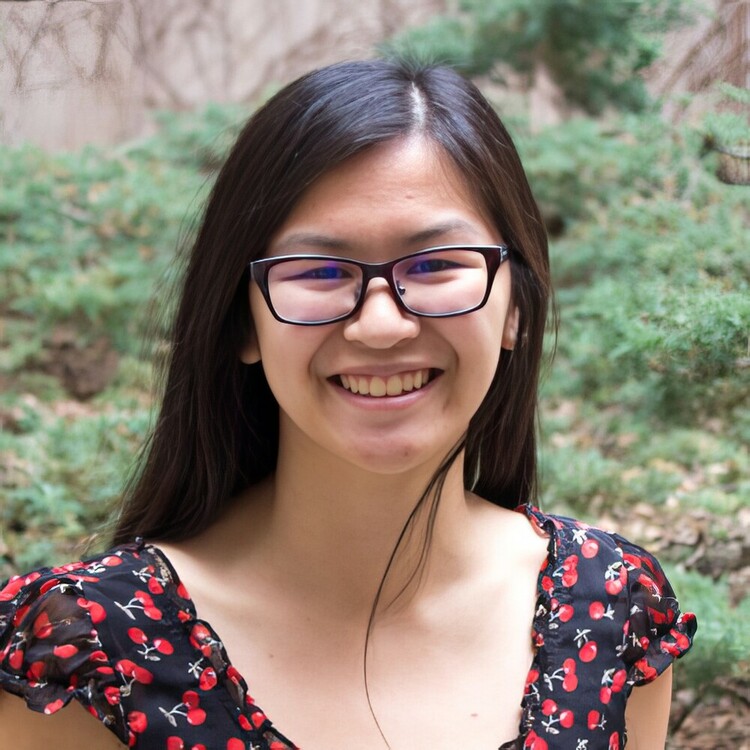

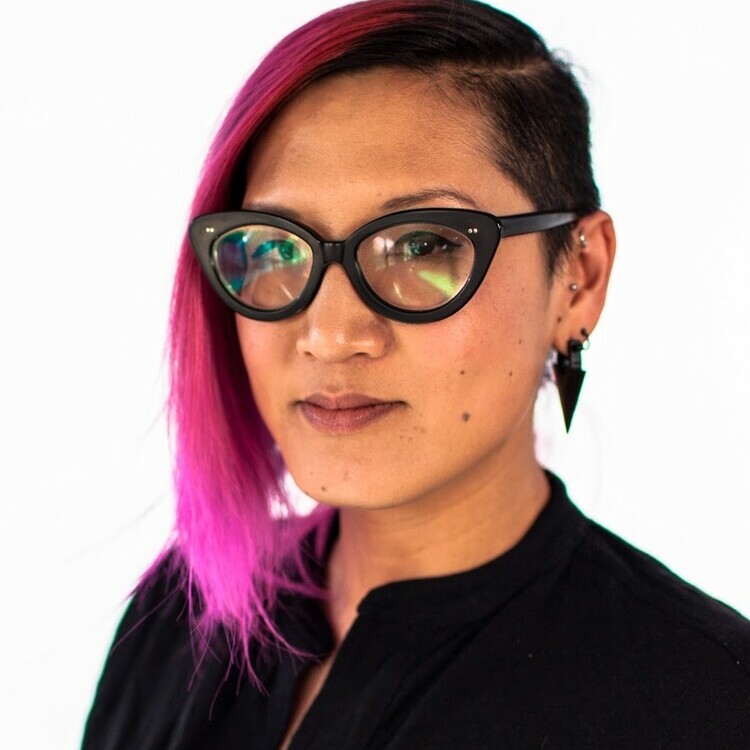

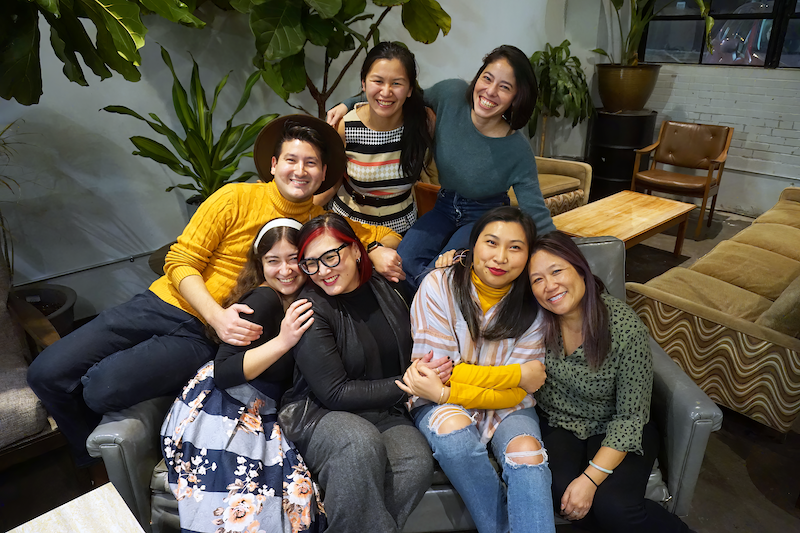
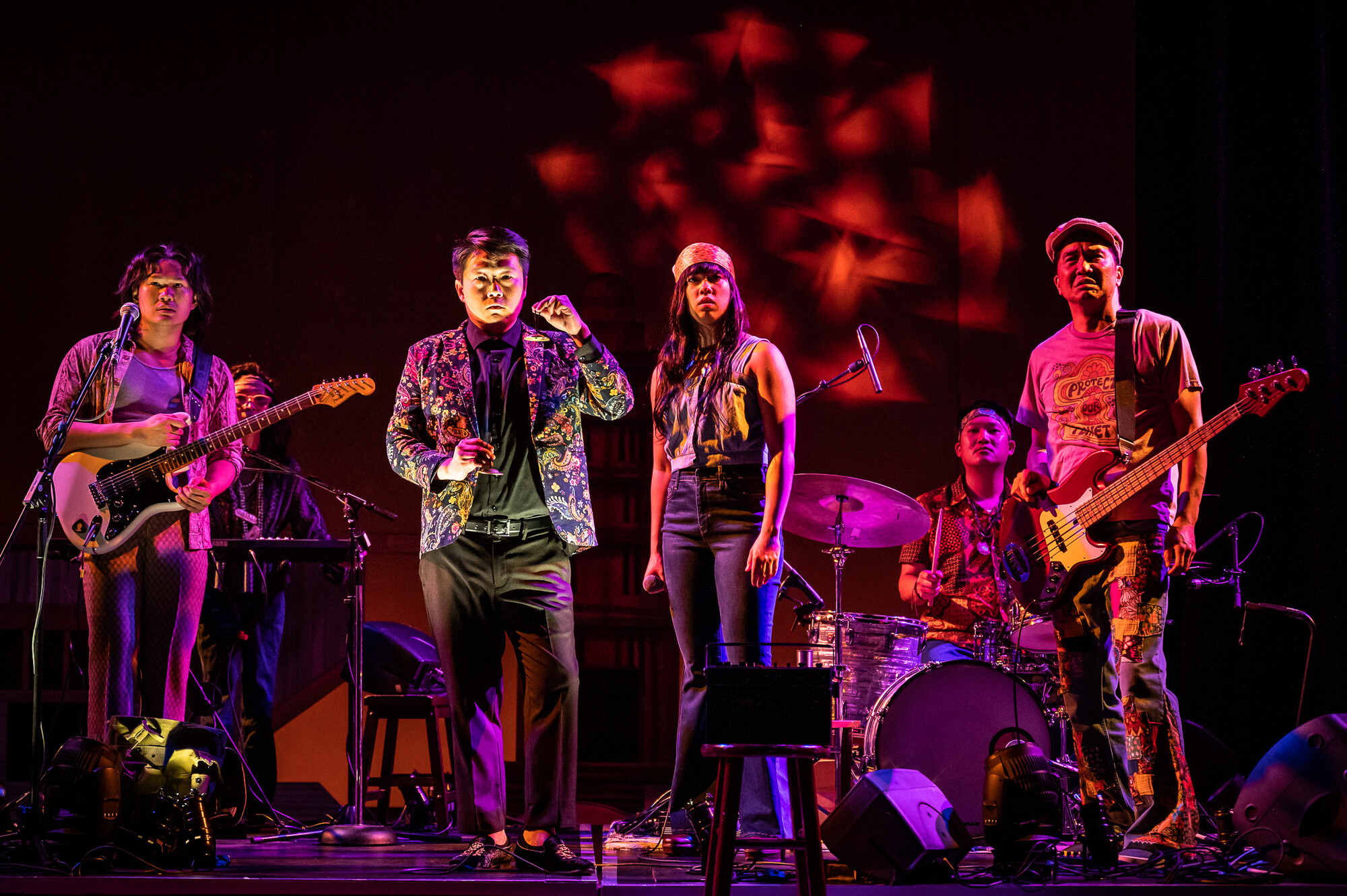




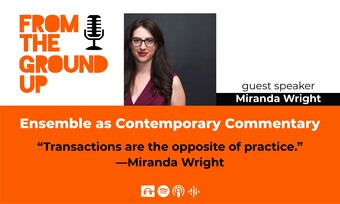





Comments
The article is just the start of the conversation—we want to know what you think about this subject, too! HowlRound is a space for knowledge-sharing, and we welcome spirited, thoughtful, and on-topic dialogue. Find our full comments policy here